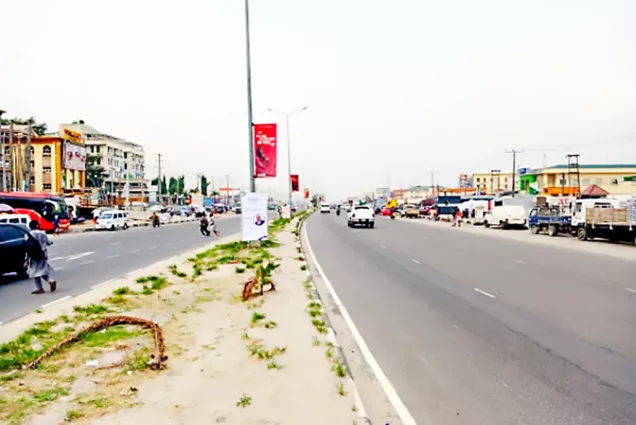From Uchenna Inya, Abakaliki
The Nigeria Institute of Architects (NIA), has described building collapse as a recurring nightmare ridiculing the country internationally.
The Institute revealed that over 500 cases have been recorded in the country, which highlights the need for stricter building regulations and enforcement to prevent the menace.
At the 2024 Architects symposium held in Abakaliki, Ebonyi State capital with the theme “architecture and building collapse: the practice, reality and remedy”, President of the NIA, Mr Adeniyi Mobolaji, called on members of the body to be alive to their responsibility in building project to prevent the cases.
“Incidents of building collapse in Nigeria highlights the need for stricter building regulations and enforcement to prevent it.
“Building collapse is a recurring nightmare in Nigeria. In fact, it’s becoming very embarrassing. We are almost becoming a ridicule internationally when like every other week, the building is collapsing.
“Recently, a building collapsed in Lagos. In fact, Lagos is becoming the epicentre for building collapses in Nigeria and it is so unfortunate. As architects, we must confront this reality and take collective responsibility to ensuring safety and sustainability. “We must never forget our position in building project. The architect has an oversight over all the professionals. The statistics are alarming and this is the reality we must face. Over 500 building collapse in Nigeria since 2010 has been recorded and over 100 lives lost,” he stated.
In a lecture titled ‘Building construction delivery process in Nigeria: the role of government and professionals in the building industry,’ the Managing Director of Anambra Bureau of Public Procurement, Okey Ezeobi called for collaboration of professionals in the industry to tackle the cases of building collapse in the country. He blamed the cases on the collapse of practice in the building industry and government framework on the rising cases of the menace.
In his remarks, Chairman of NIA, Ebonyi State chapter, Dr Emmanuel Udomiaye also called on the stakeholders in the building environment to form a synergy to tackle the monster.
He lamented that the nobility of architecture was under threat, not because architecture was no longer relevant in the 21st century, but because of the neglect by those who have benefited so much from ‘mother architecture.’











